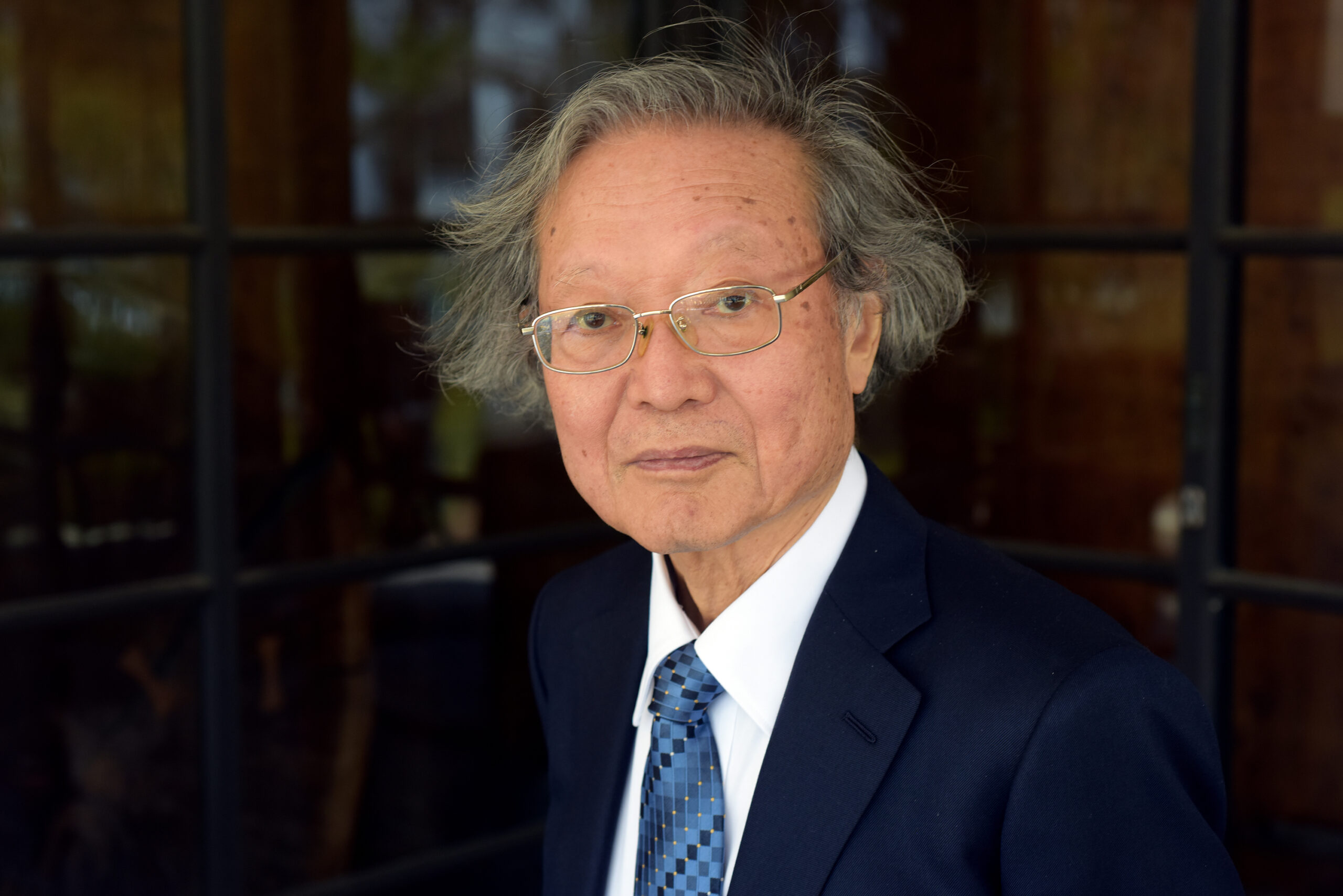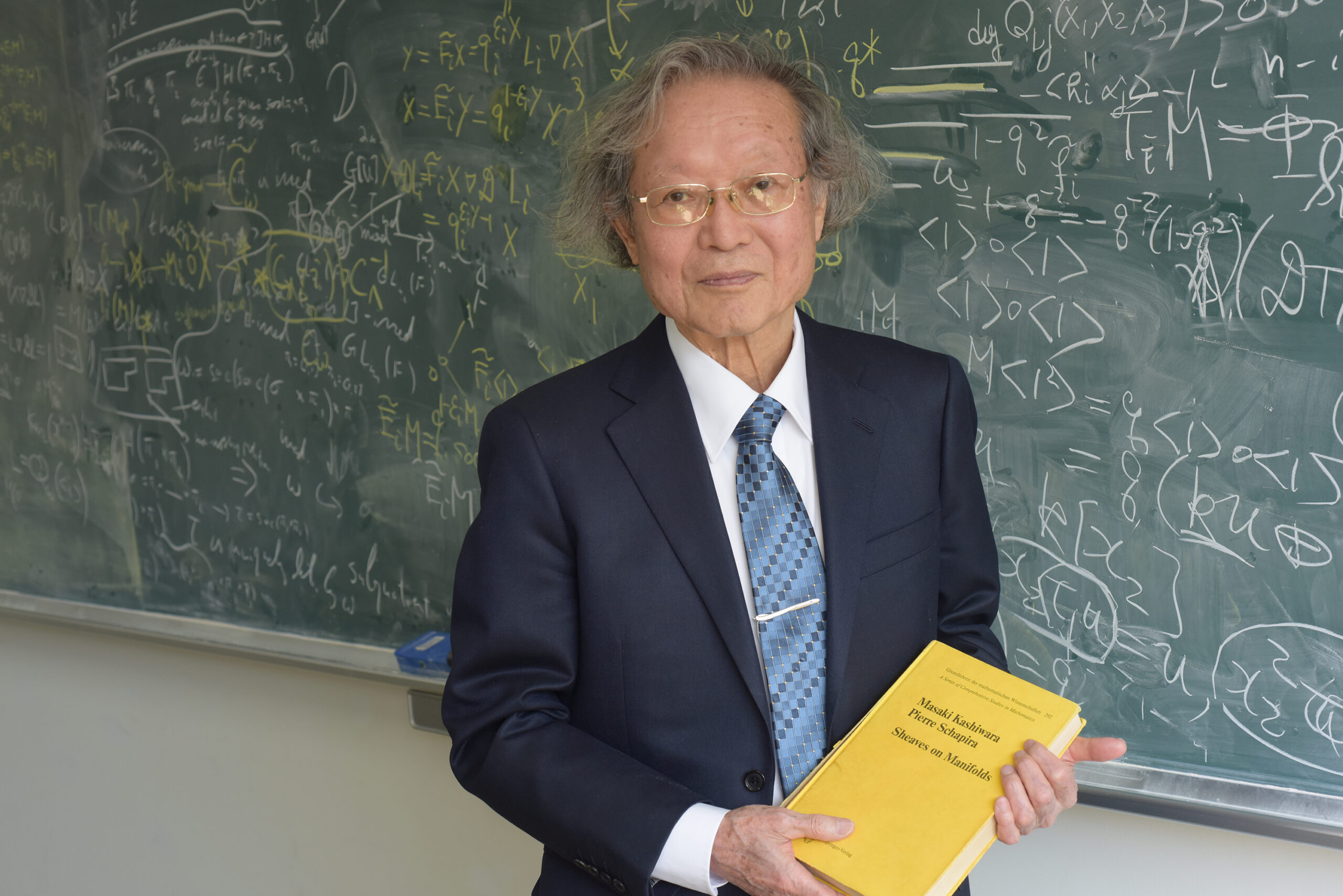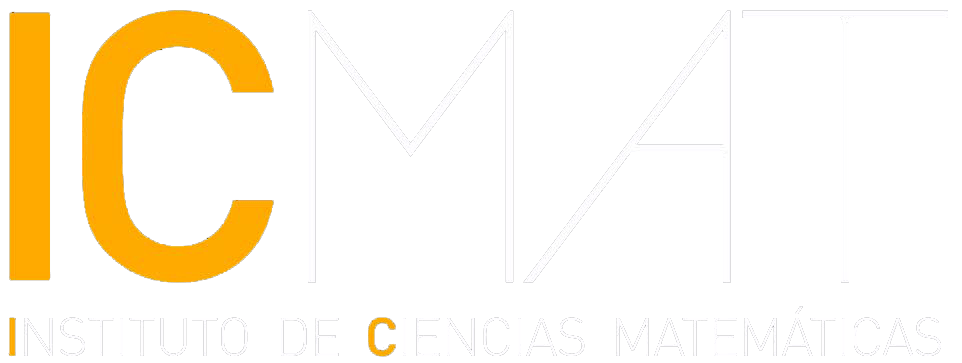- “Masaki Kashiwara is the founder of the analytic theory of D-modules, a key tool for studying differential equations,” explains Oscar García-Prada (ICMAT-CSIC).
- He created this theory at the age of 23 as his master’s thesis.
- The Abel Prize is one of the two most prestigious awards in mathematics and carries a monetary reward of 660,000 euros.

Masaki Kashiwara is the creator of the analytic theory of D-modules. Image: Peter Badge / The Abel Prize.
In its 22-year history, the Abel Prize—one of the two most important awards in mathematics, alongside the Fields Medal—had only been awarded once to an Asian mathematician: to the Indian mathematician Srinivasa S. R. Varadhan in 2007. Now, Masaki Kashiwara, emeritus professor at the Research Institute for Mathematical Sciences (RIMS) and the Kyoto University Institute for Advanced Study (KUIAS), both at Kyoto University (Japan), has become the second. He is the first Japanese recipient among the 27 awardees to date.
“Masaki Kashiwara is considered the founder of the analytic theory of D-modules, a key tool in many branches of mathematics, from number theory to mathematical physics,” says Oscar García-Prada, research professor at the Spanish National Research Council (CSIC) at the Institute of Mathematical Sciences (ICMAT).
This theory emerged within algebraic analysis, a field conceived in the 1950s by the laureate’s thesis advisor, Mikio Sato. “It involved studying analytical problems related to solving differential equations—expressions that capture variation over time and space, ubiquitous in various fields of mathematics, physics, and other scientific disciplines—using methods from algebraic geometry, such as sheaf cohomology. At the time, this was completely revolutionary,” says García-Prada.
In this context, a D-module is an algebraic object designed to study linear partial differential equations. “In collaboration with Takahiro Kawai and Henri Stapp, Kashiwara applied the theory of D-modules to the study of Feynman integrals, essential objects in quantum physics,” García-Prada explains. “Personally, I have been interested in this theory within the context of the geometric Langlands program [a vast network of mathematical conjectures that represents one of the major challenges in contemporary mathematics],” the mathematician adds.
Kashiwara’s work also has implications for the so-called representation theory, which studies how to express symmetry through basic algebraic elements: matrices or linear transformations. For example, the symmetries of an equilateral triangle—transformations that leave it unchanged after being applied, such as 120-degree rotations or reflections—can be represented using matrices. This approach is fundamental in quantum physics (to describe particles with symmetries) and crystallography (to study how atoms are arranged in crystals).
“In collaboration with Jean-Luc Brylinski, Kashiwara solved the Kazhdan-Lusztig conjecture on infinite-dimensional representations,” highlights García-Prada. “He has also made fundamental contributions to the representation of quantum groups, algebraic structures that allow the study of deformations. In this field, his proof of the existence of crystal bases—certain special bases—is also a remarkable contribution,” he adds.
Kashiwara’s impact on mathematics is immense—not only through his published works but also through informal conversations. “Kashiwara has given many informal talks with unpublished ideas that have been highly influential and inspiring for many mathematicians,” says García-Prada.

Except for a brief stay at MIT (USA), Kashiwara has spent his entire career in Japan. Image: Peter Badge / The Abel Prize.
A mathematics revolutionary at just 23 years old
Masaki Kashiwara was a precocious mathematician. A school problem, which involved calculating the number of cranes and turtles from the total number of heads and legs, sparked his love for algebra. It was not enough for him to find the answer—he generalized a method to solve the broader problem.
At the University of Tokyo, during his final undergraduate years, he met Mikio Sato. Under his supervision, he completed his master’s thesis at the age of 23, establishing the foundations of D-module theory, which received wide national and international recognition—even though it was written in Japanese. After earning his doctorate from Kyoto University in 1974, Kashiwara was appointed associate professor at Nagoya University (Japan). In 1977, he moved to MIT (USA) as a researcher before returning to Japan in 1978, where he has since remained at the Research Institute for Mathematical Sciences (RIMS) at Kyoto University. Since 2010, he has been an emeritus professor at this institution and, from 2019, also a member of the Kyoto University Institute for Advanced Study (KUIAS).
Among other accolades, Kashiwara has received the Asahi Prize for Science, the Japan Academy Prize, the Fujihara Prize, the Chern Medal from the International Mathematical Union, the Kyoto Prize from the Inamori Foundation, and the Frontiers of Science Award from the International Congress of Basic Science. In 2020, he was awarded the Order of the Sacred Treasure, Gold and Silver Star, from Japan, and in 2024, the Kyoto Prefecture Culture Award for Outstanding Contribution.
The Abel Prize is funded by the Norwegian government and carries a monetary reward of 7.5 million Norwegian kroner (approximately 660,000 euros). The award ceremony will take place in Oslo on May 20, 2025, in the presence of King Harald V of Norway.In 2001, the Norwegian government established the Abel Prize to honor the memory of Niels Henrik Abel and recognize outstanding contributions to mathematics. It was first awarded in 2003—to Jean-Pierre Serre. Since then, the prize has been awarded annually and has occasionally been shared by two mathematicians. Unlike the Fields Medal, the Abel Prize has no age limit and is typically awarded for a lifetime of achievement in mathematics.
The selection of the Abel laureate is based on the recommendation of the Abel Committee, composed of five internationally renowned mathematicians.
This content has been automatically translated. The original text may differ slightly.
